Curved glass styling in automobiles has been a fascinating evolution, showcasing design ingenuity and technological advancements. Over the decades, various models have pushed the boundaries, introducing sleek curves and aerodynamic profiles. Here’s a look at ten iconic cars that pioneered the use of curved glass, transforming automotive design as we know it.
1961 Lincoln Continental
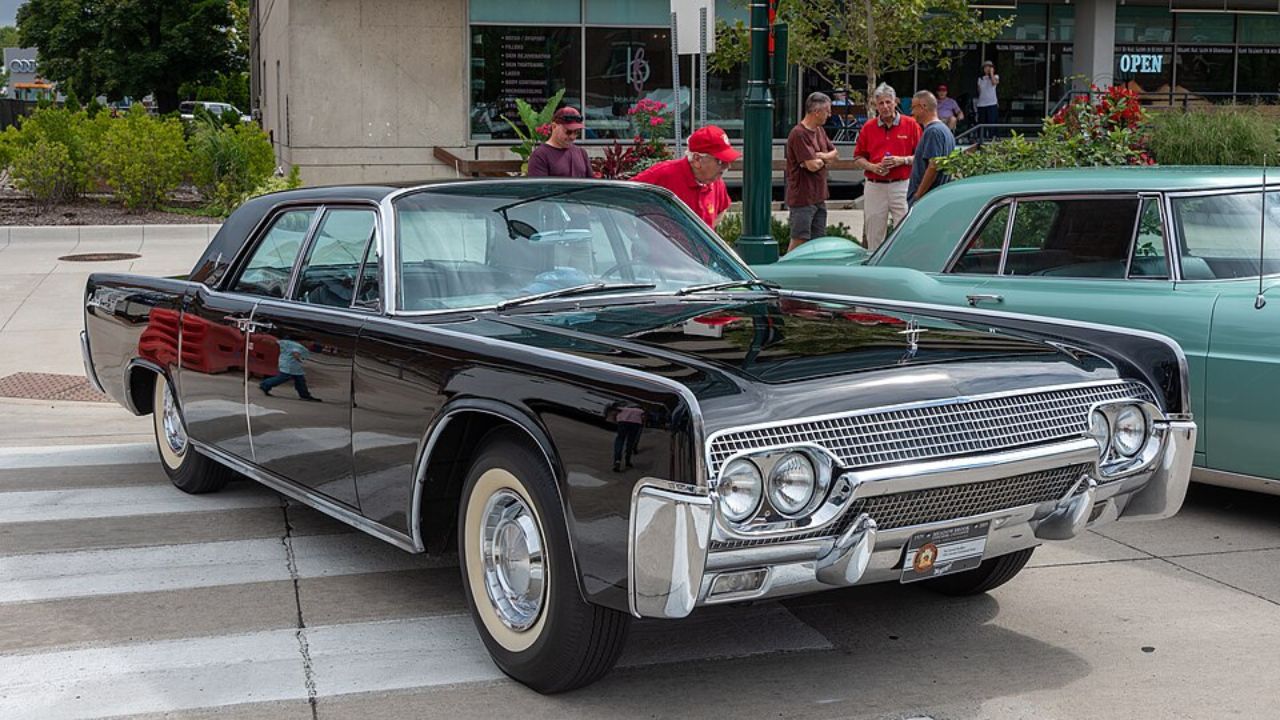
The 1961 Lincoln Continental marked a significant departure from the boxy designs of the previous decade, introducing a more refined and streamlined aesthetic. One of its standout features was the curved windshield, which not only enhanced the car’s modern look but also improved visibility for drivers. The Continental’s sophisticated design included rear-hinged “suicide doors,” adding to its unique appeal.
This model is often credited with setting a new standard for American luxury cars, influencing the design direction for Lincoln and other manufacturers. Its elegant use of curved glass was both functional and stylish, helping to cement its status as a classic in automotive history.
1963 Chevrolet Corvette Sting Ray
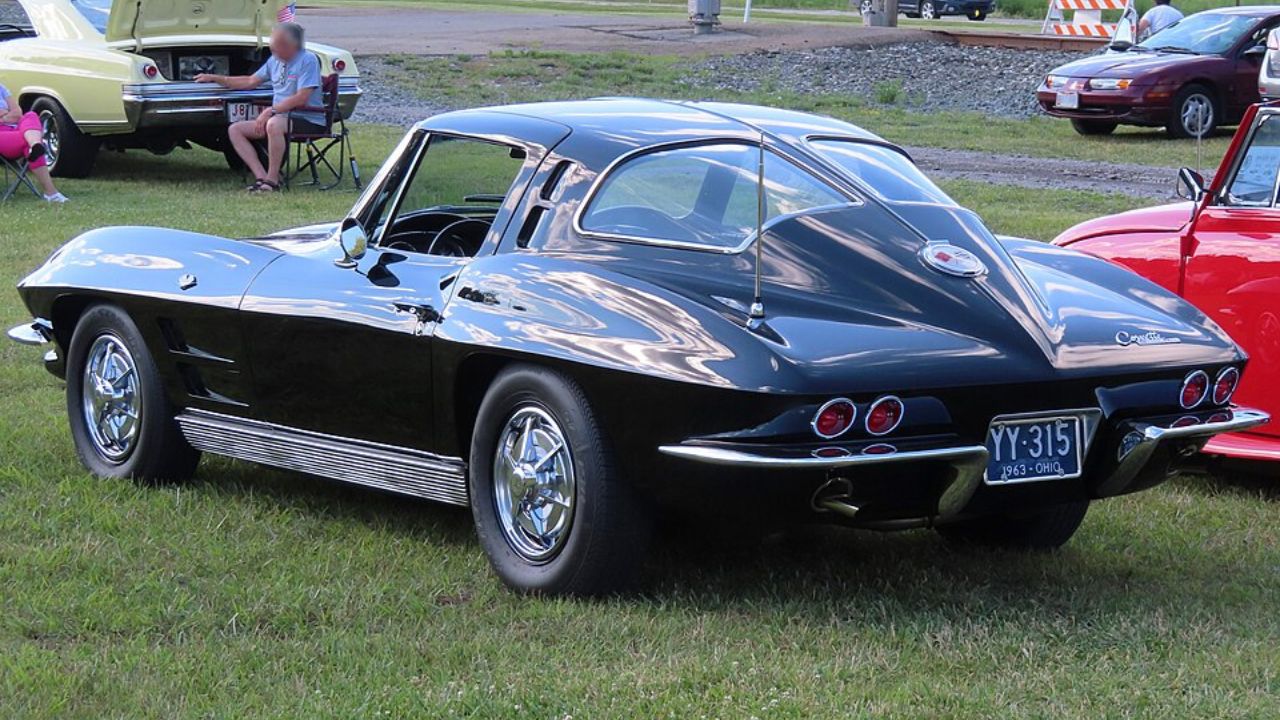
The 1963 Chevrolet Corvette Sting Ray was a game-changer in the sports car segment, featuring a revolutionary split rear window and curved glass elements that gave it a futuristic look. This design was not just about aesthetics; it also contributed to better aerodynamics, enhancing the car’s performance on the road.
The Sting Ray’s innovative use of curved glass and its distinctive body shape made it an instant icon. Its blend of style and performance set a new benchmark for American sports cars and continues to influence Corvette designs to this day.
1965 Panhard 24
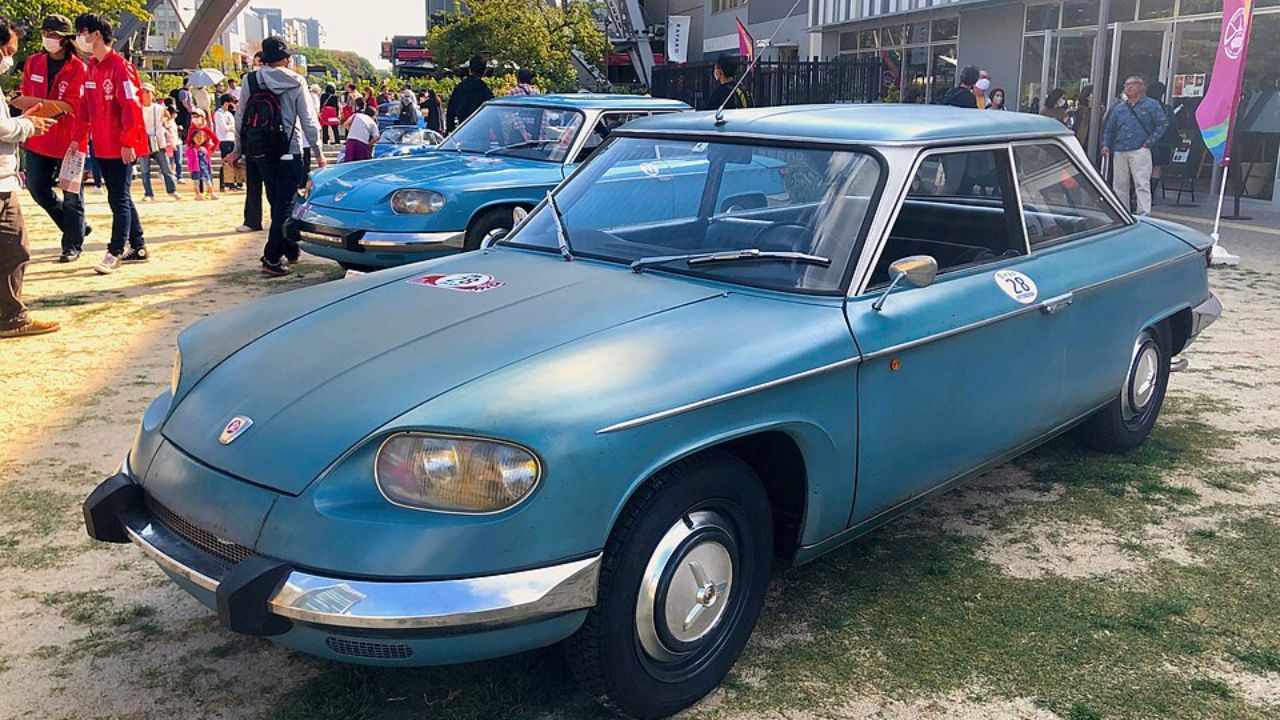
The Panhard 24, introduced in 1965, showcased French innovation in automotive design. Its use of curved glass was particularly notable, with a wraparound windshield that provided excellent visibility and a sleek, modern appearance. The car’s compact and aerodynamic design made it stand out in the crowded European market.
Despite its short production run, the Panhard 24 left a lasting impression with its advanced design features. The car’s curved glass elements not only contributed to its aesthetic appeal but also demonstrated the potential of innovative design in improving functionality and driver experience.
1966 Oldsmobile Toronado
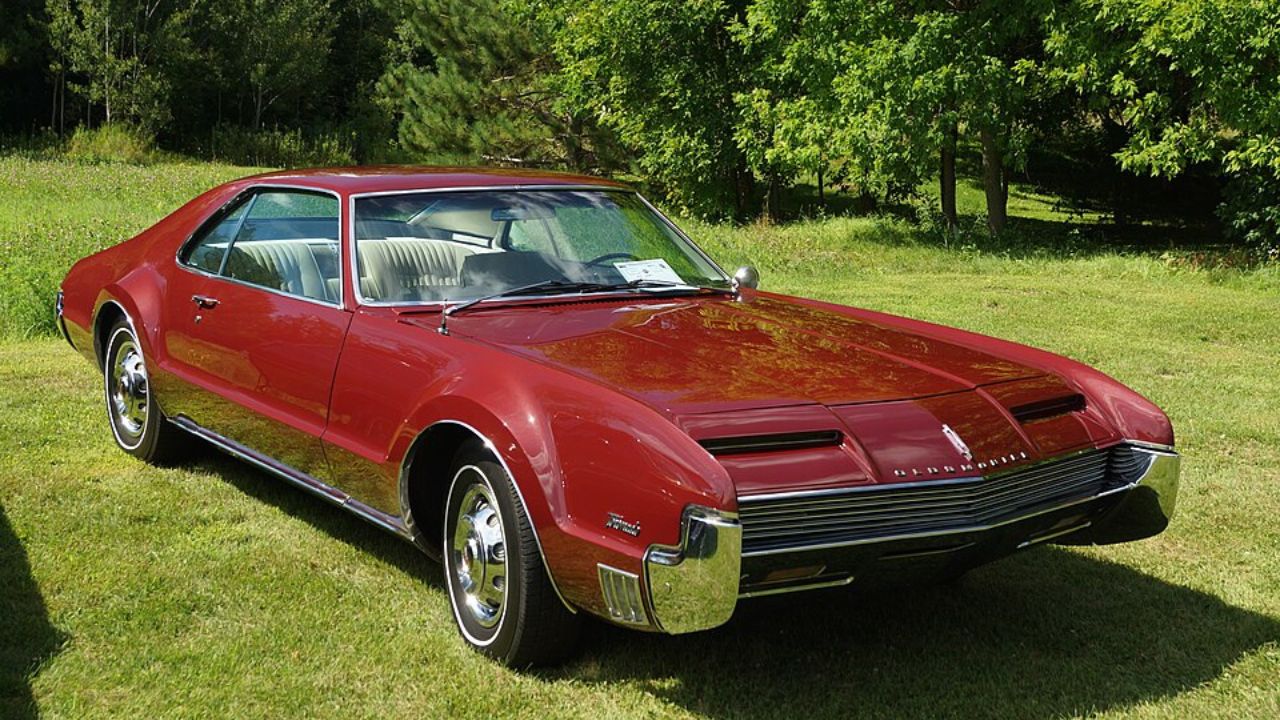
The 1966 Oldsmobile Toronado was a bold experiment in automotive design, being one of the first American cars to feature front-wheel drive in decades. Its aggressive styling included a curved windshield and rear glass, which helped create a distinctive, aerodynamic profile.
The Toronado’s design was not just about looks; it also focused on improving performance and handling. The curved glass played a crucial role in reducing air resistance, contributing to the car’s reputation as a powerful and stylish vehicle. This model remains a celebrated example of American automotive innovation.
1968 Lamborghini Espada
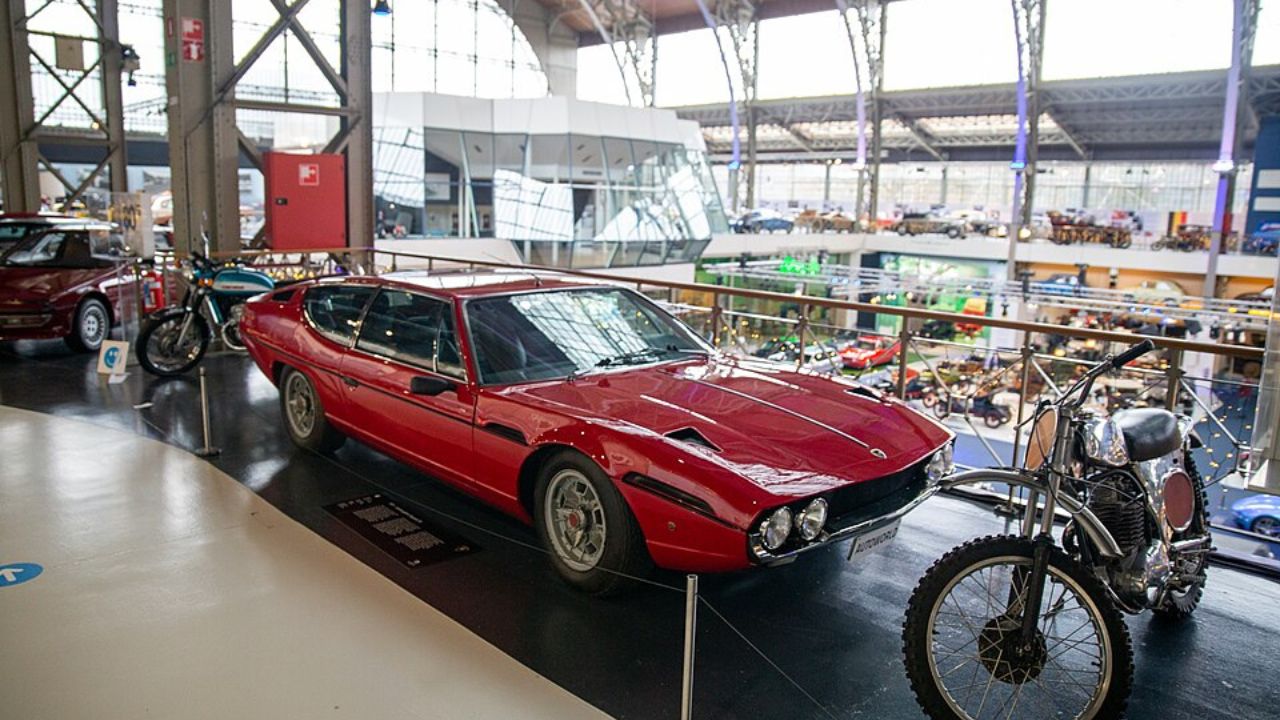
With the introduction of the 1968 Espada, Lamborghini ventured into the realm of four-seater grand tourers, a notable departure from their usual two-seater sports cars. The Espada’s design was characterized by its expansive curved glass surfaces, including a large wraparound rear window that enhanced both visibility and style.
The use of curved glass in the Espada was not just an aesthetic choice; it also emphasized the car’s luxurious and spacious interior. This model demonstrated Lamborghini’s commitment to blending cutting-edge design with high performance, setting a precedent for future grand tourers.
1970 Citroën SM
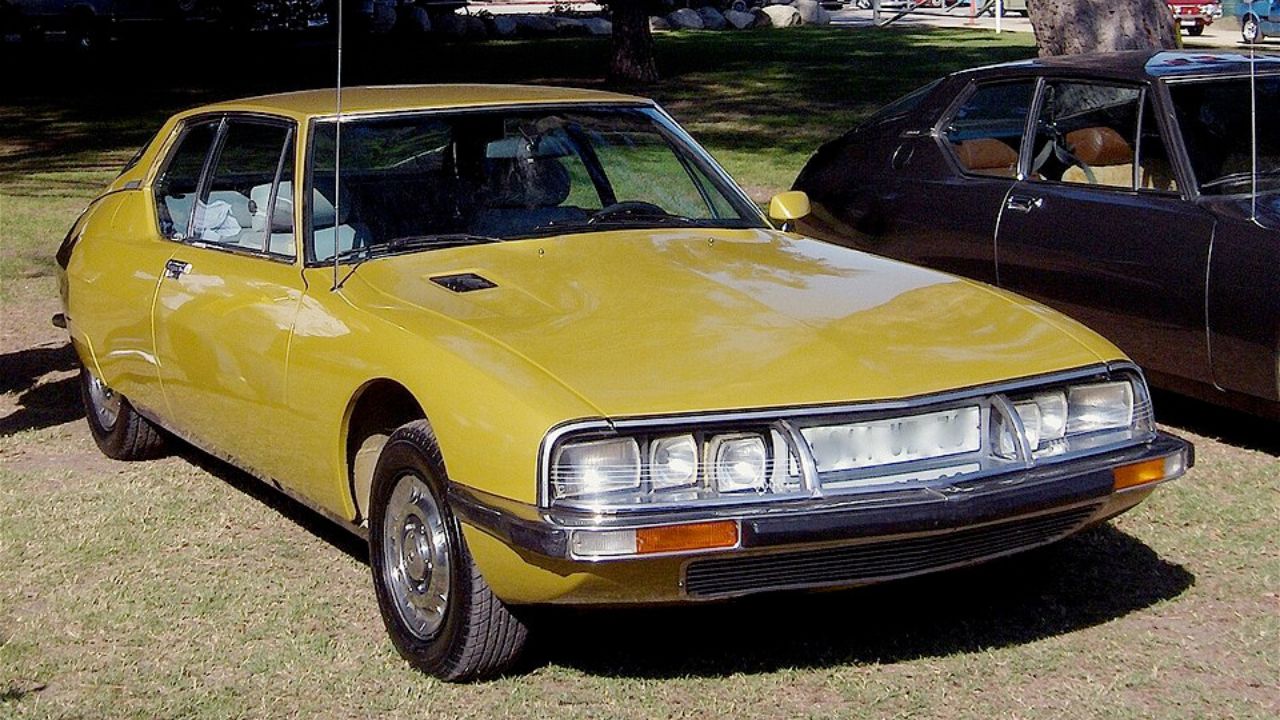
The Citroën SM, launched in 1970, was a masterpiece of French engineering and design, known for its futuristic aesthetics and advanced technology. Its use of curved glass was revolutionary, with a sharply raked windshield and distinctive rear window that complemented its aerodynamic shape.
Citroën’s attention to detail in the SM extended beyond its styling. The curved glass was integral to its design, reducing drag and enhancing fuel efficiency. The SM’s innovative use of glass and its blend of luxury and performance made it a standout in the automotive world and a symbol of Citroën’s design prowess.
1975 AMC Pacer
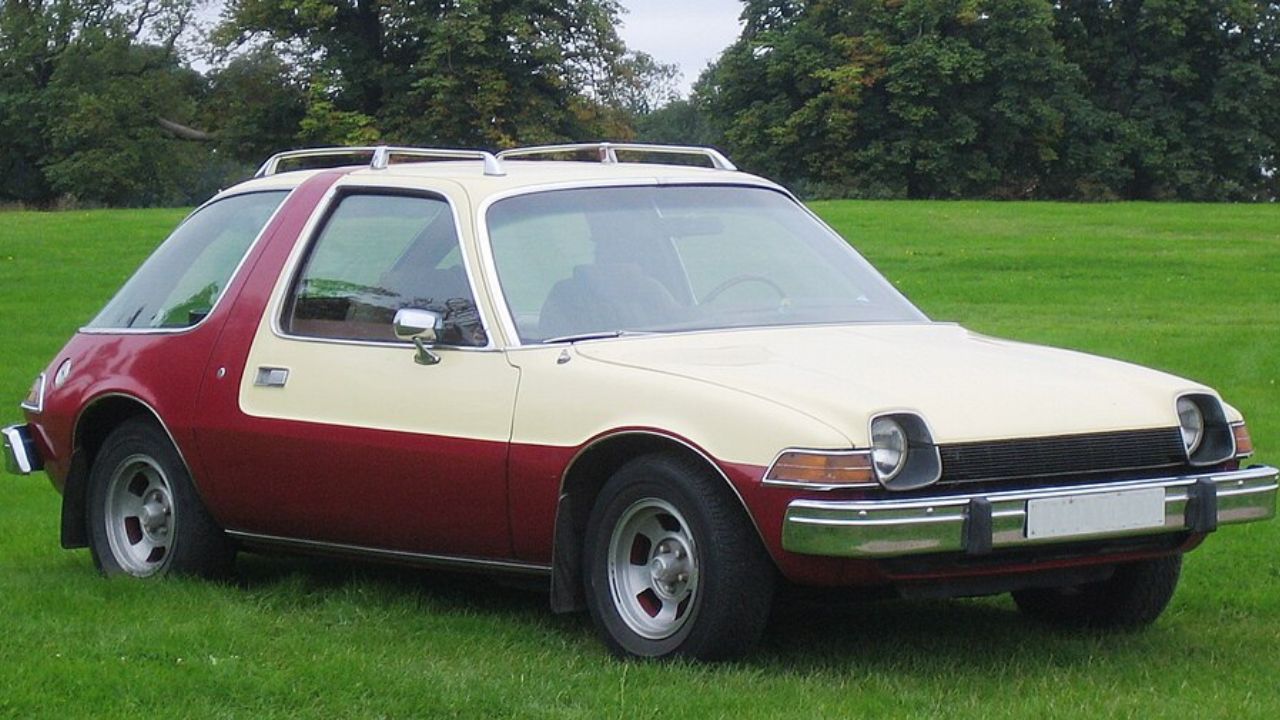
The AMC Pacer, introduced in 1975, was affectionately dubbed “the flying fishbowl” due to its extensive use of glass, including curved window surfaces that provided a panoramic view. Its unconventional design was intended to maximize interior space and visibility, making it a unique offering in the compact car market.
While the Pacer’s design was polarizing, it was undeniably ahead of its time. The car’s heavy use of curved glass not only defined its quirky appearance but also represented a bold departure from traditional automotive styling. Despite mixed reviews, the Pacer remains a memorable example of innovative design.
1981 DeLorean DMC-12
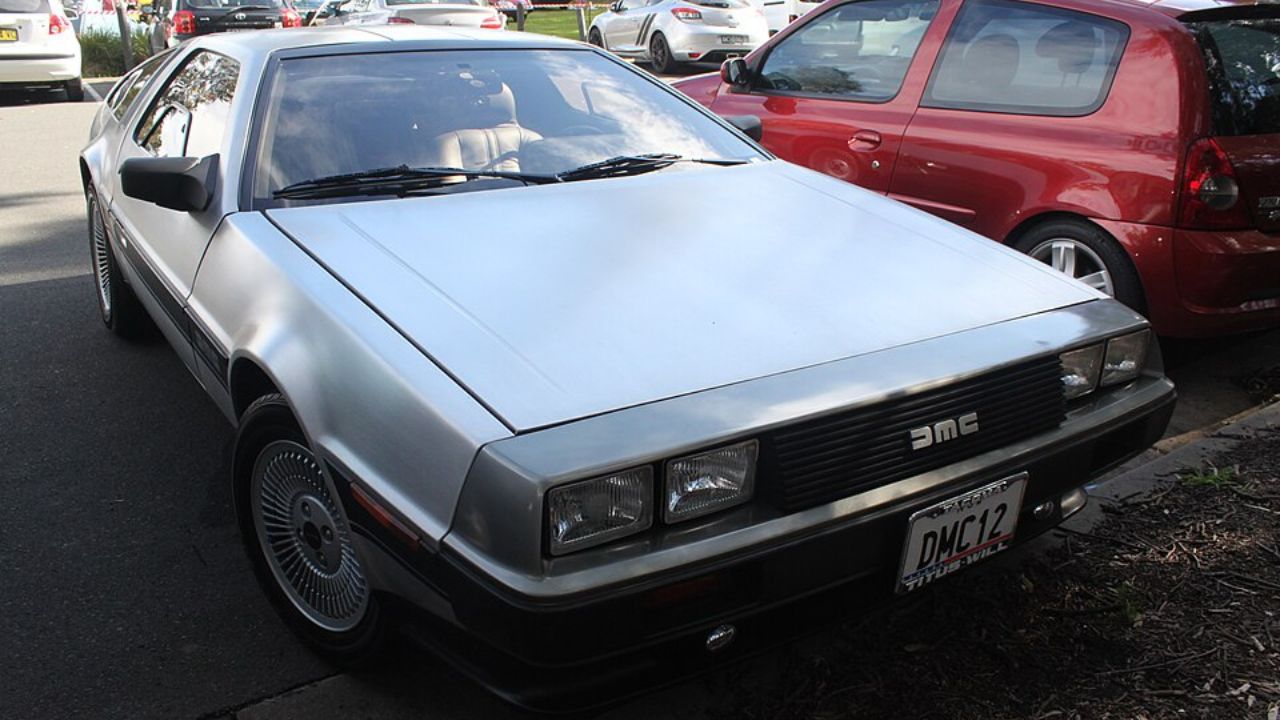
The DeLorean DMC-12, made famous by the “Back to the Future” films, is an icon of 1980s design. Its stainless steel body and gull-wing doors were complemented by the use of curved glass, which added to its futuristic allure. The car’s rear window and windshield were elegantly designed to enhance its sleek profile.
Beyond its cinematic fame, the DMC-12 was notable for its innovative construction and design elements. The use of curved glass was not just a stylistic choice but also contributed to the car’s aerodynamic performance, embodying the forward-thinking approach of its designers.
1986 Ford Taurus
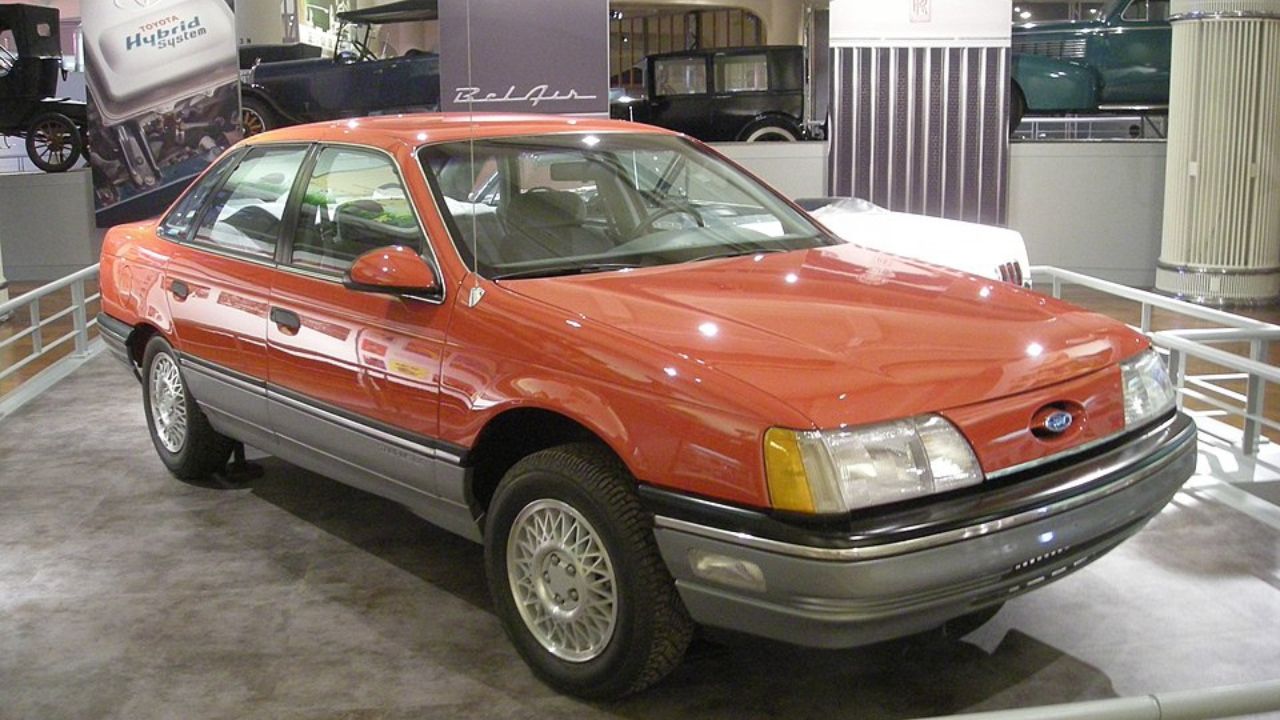
The introduction of the 1986 Ford Taurus marked a significant shift in American car design, with its aerodynamic shape and extensive use of curved glass. The Taurus’s design was a departure from the boxy cars of the past, featuring a smoothly curved windshield and rear window that improved visibility and reduced drag.
The Taurus was a commercial success, credited with revitalizing Ford’s lineup and influencing the design of subsequent models. Its innovative use of curved glass set a new standard for family sedans, blending style, functionality, and performance in a way that resonated with consumers.
1996 Porsche Boxster
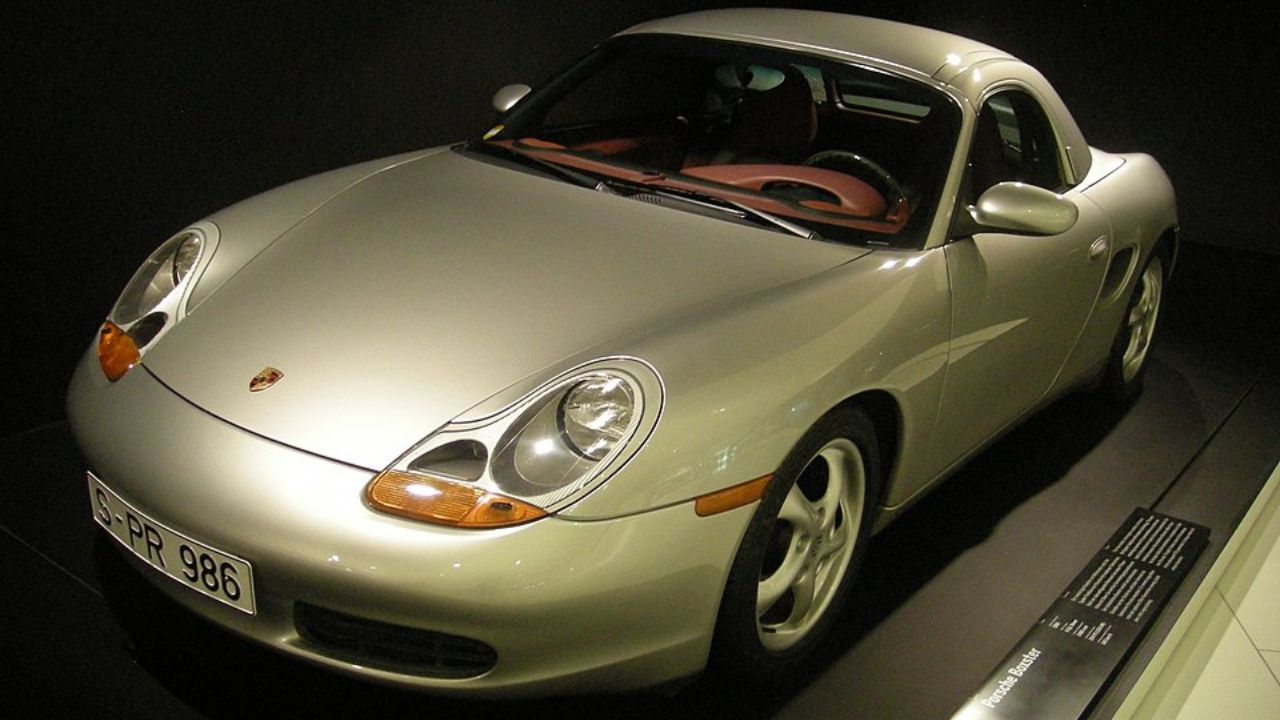
The 1996 Porsche Boxster was a pivotal model for the brand, reintroducing the concept of a mid-engine roadster with cutting-edge design. The Boxster featured a distinctive use of curved glass, with a wraparound windshield that enhanced its sporty and aerodynamic look.
Porsche’s attention to detail in the Boxster extended to every aspect of its design, with the curved glass playing a critical role in its dynamic aesthetic. This model not only rejuvenated Porsche’s lineup but also set a new standard for sports car design, emphasizing the importance of style and performance.
Like Fast Lane Only’s content? Be sure to follow us.
Here’s more from us:
*Created with AI assistance and editor review.

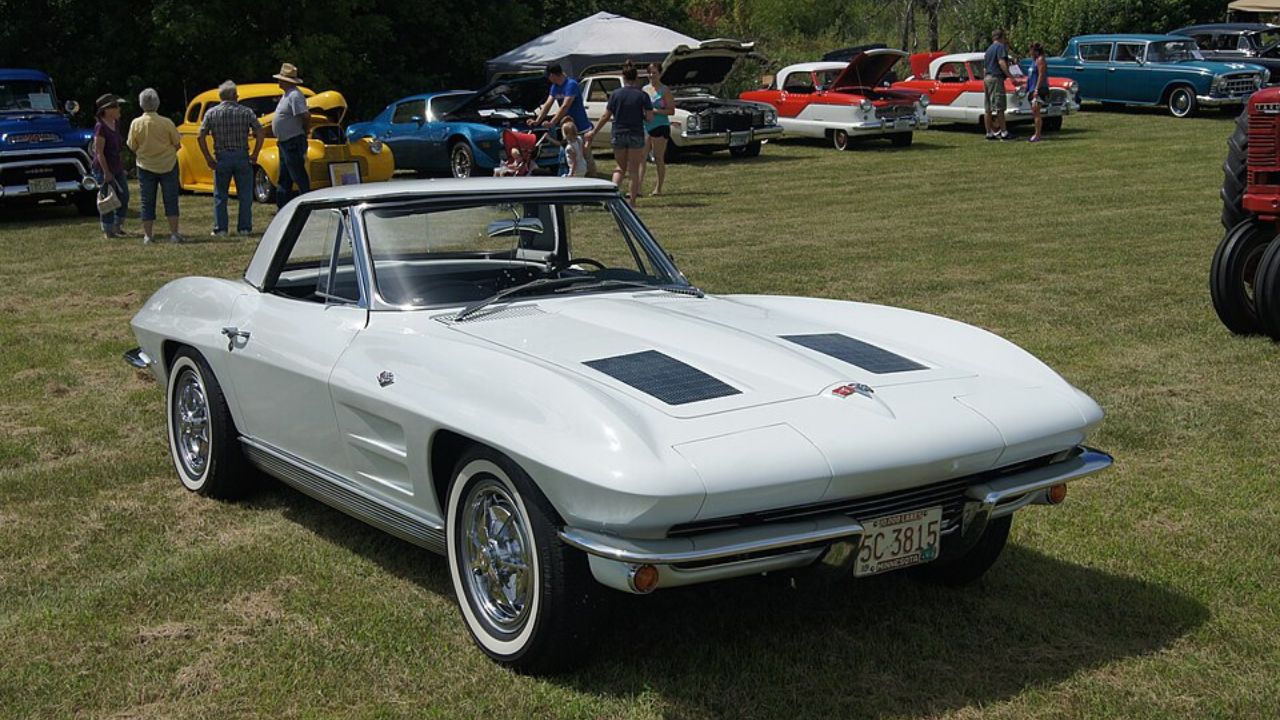
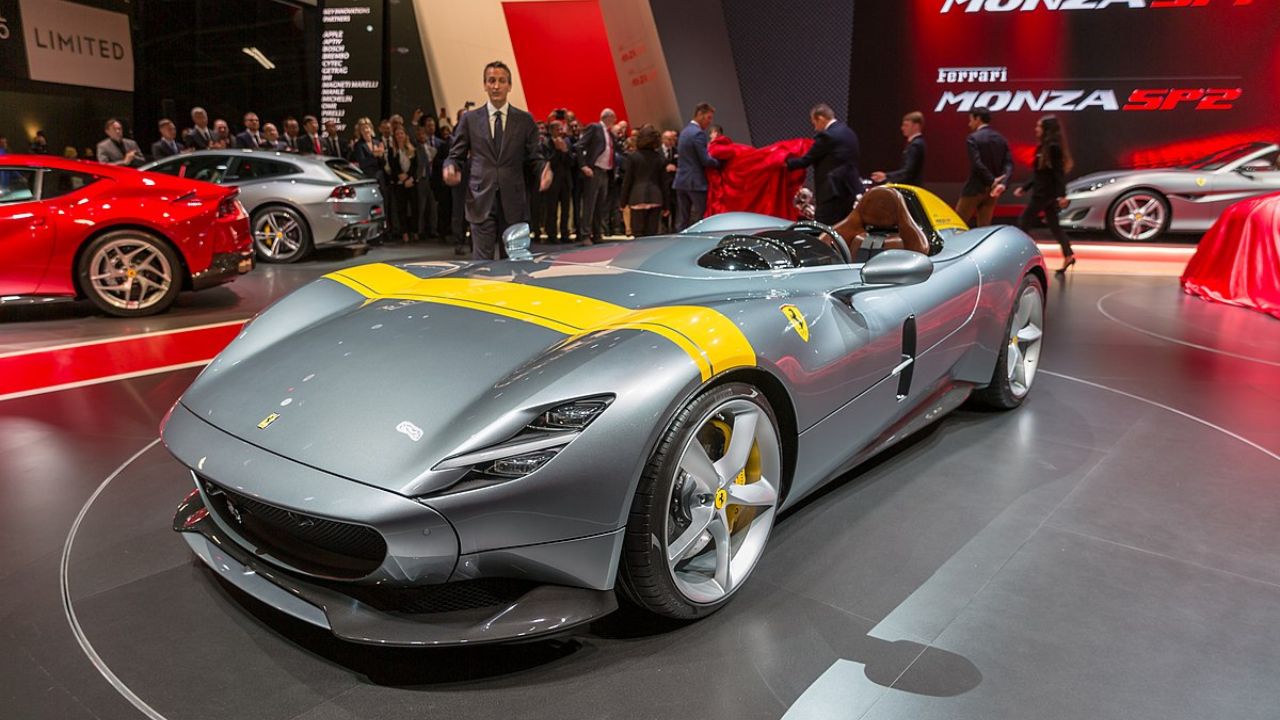
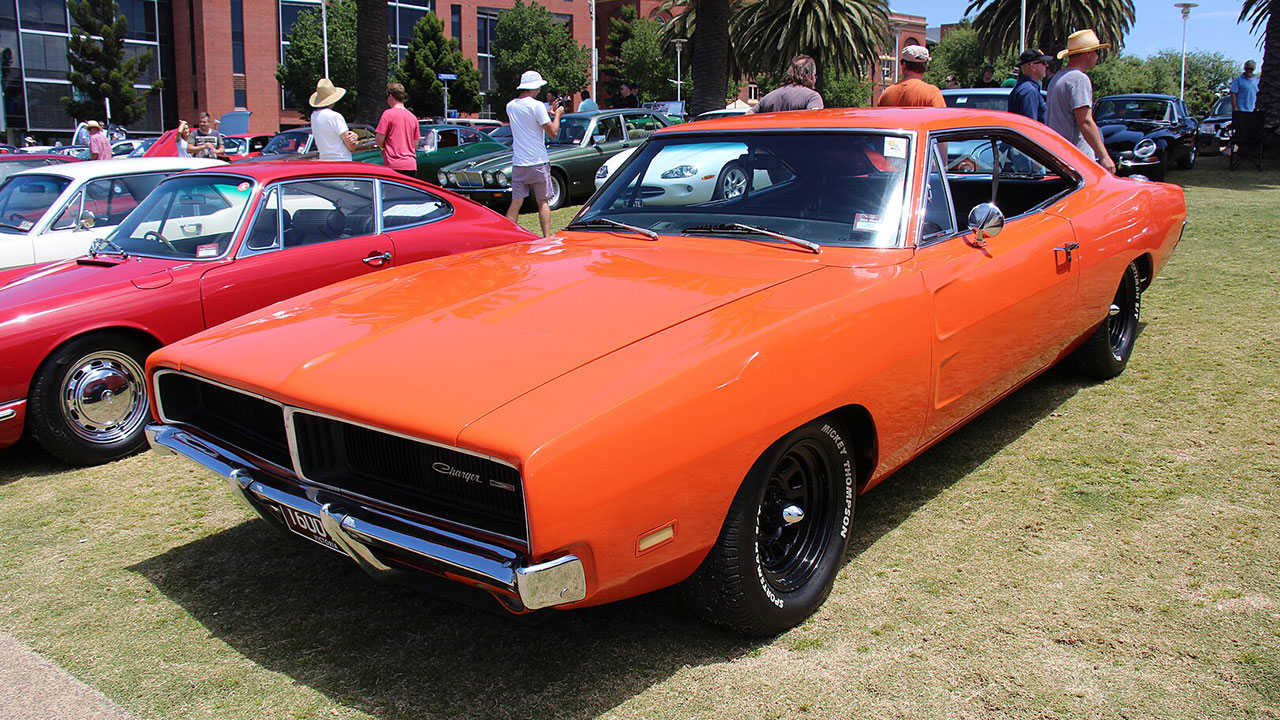

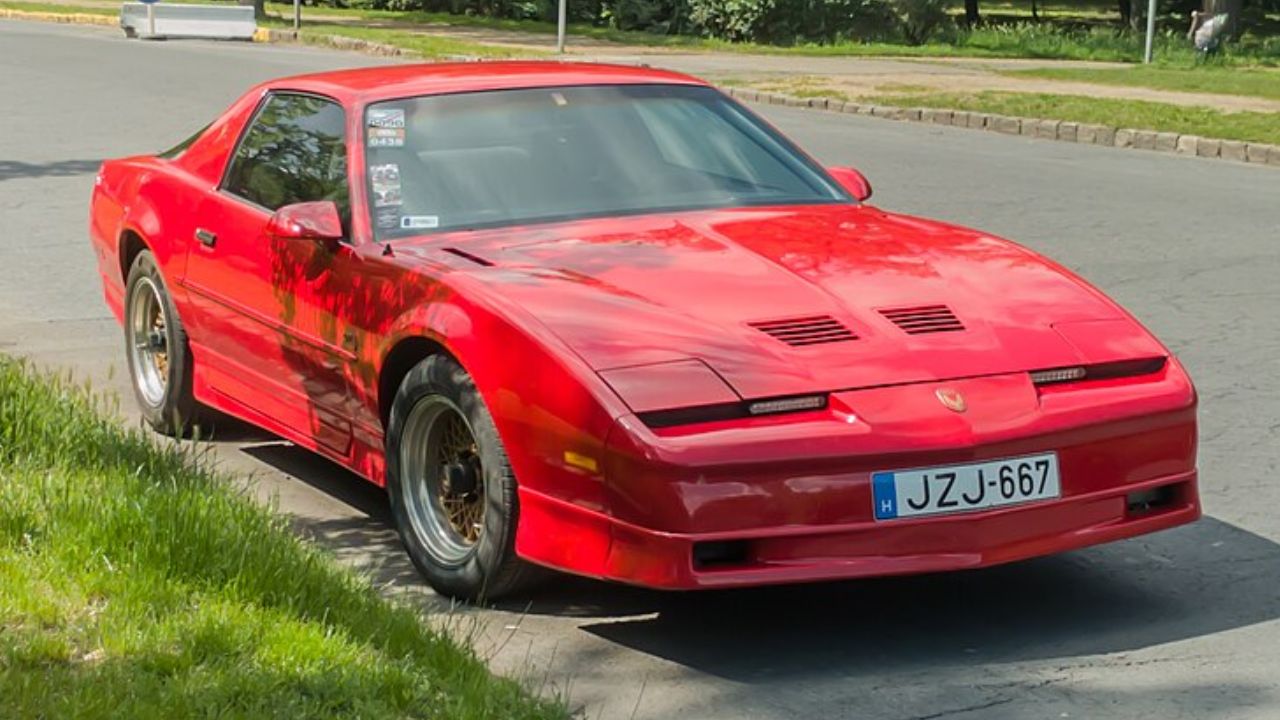
Leave a Reply